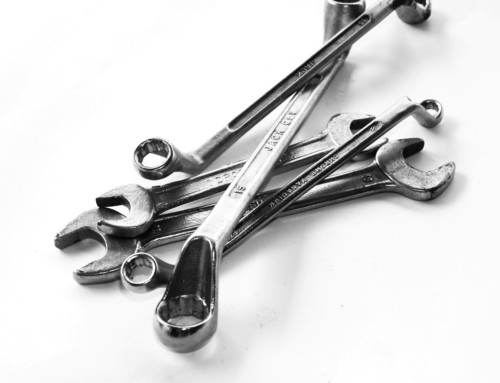A simple way to see how effective your storeroom is at providing the right part, at the right time, in the right quantity.
 Storerooms are a critical part of any maintenance and reliability program, but they are often overlooked. When a storeroom is operating at best in class levels, the right parts are available at the right time. The storeroom is only able to achieve this when it its into the maintenance department.
Storerooms are a critical part of any maintenance and reliability program, but they are often overlooked. When a storeroom is operating at best in class levels, the right parts are available at the right time. The storeroom is only able to achieve this when it its into the maintenance department.
As a result, I am often asked how to evaluate and improve the storeroom and its service level. Gatekeeping obviously easier said than done, but I have compiled a list of the top 5 signs that your storeroom is broken and not functioning to its full capacity.
- The replenishment list is large – The replenishment list generated by any ERP or CMMS should not be large. It should only contain the parts that were reserved or issued yesterday or at most two days. When the list is large enough that there is a budgetary concern when fulfilling the list, it indicates that the stockroom processes are broken.
- There is dust on parts – This indicates one of two things. The first scenario is that the storeroom staff is not keeping the storeroom clean. Either, because there is not enough time, or there is no care about the state of the storeroom. The second is that the parts are inactive and the storeroom is either stocking too much of a part, or there is not a controlled process to add parts to the storeroom. In the second case, a gatekeeping process is required.
- The kitting area in disarray – This indicates that the communication between the storeroom and the planning group is not functioning as it should. It may also indicate that roles and responsibilities are not clear.
- The rebuild area is uncontrolled – This once again indicates there is not clear communication in the department or roles and responsibilities are not defined.
- The planners don’t know when their parts will arrive – This indicates that the communication process is not clear, or the master data (lead time) is not accurate. When the delivery of parts is not known, it can cause many issues in the scheduling process.
If you see any of these problems in your storeroom, do not worry, you can start to assess and improve the storeroom by;
- Evaluating your storeroom processes and policies, ensuring they are followed. If you don’t have documented processes or policies….
- Evaluate the capability of the storeroom staff. Often people are put into the storeroom and do a great job, but where never given formal training. As a result, they may not be aware of what is best in class
- Evaluate using external support and subject matter experts to assist. Often the consultants or experts will provide insights into the issues you are experiencing and can deliver quick and sustainable improvements. To see if a consultant can assist, contact Eruditio, LLC for a free one-hour evaluation.
The storeroom is critical to the success of any maintenance and reliability program. It can prevent planned work from being performed on time, or delay the repair of a breakdown. In my opinion, you must have a properly performing storeroom and planning & scheduling function to move forward any maintenance and reliability program. Next week, I will review the top 5 signs that your planning and scheduling is broken.
Remember, to find success, you must first solve the problem, then achieve the implementation of the solution, and finally sustain winning results.
I’m James Kovacevic
Eruditio, LLC
Where Education Meets Application
Follow @EruditioLLC

